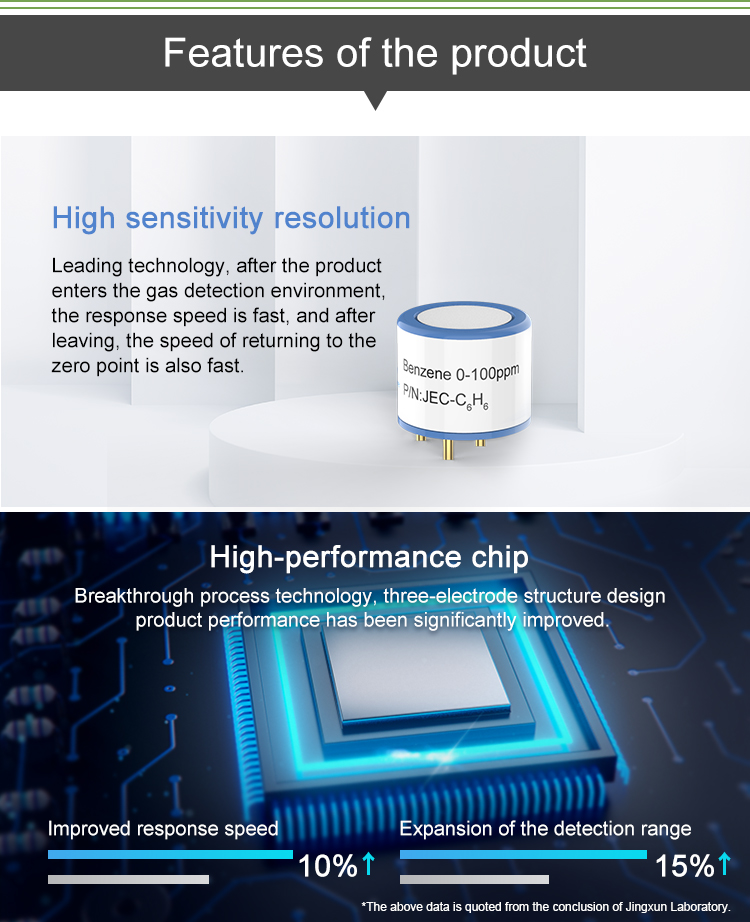Agriculture is an age-old profession, but with the advent of technology, it has evolved into a smart and data-driven industry. Smart agriculture refers to the use of cutting-edge technologies like Internet of Things (IoT), Artificial Intelligence (AI), and Robotics to enhance agricultural efficiency and productivity while optimizing resource utilization.
One of the key aspects of smart agriculture is environmental monitoring as it plays a crucial role in ensuring a healthy crop yield. Crops are sensitive to environmental changes such as temperature, humidity, and gas concentration. For example, excessive humidity can lead to fungal growth, and high gas concentration levels like ammonia or carbon dioxide can be harmful to plants and animals.
Gas sensors are one of the most important tools in environmental monitoring as they can detect gases like ammonia, carbon dioxide, and methane. They provide real-time data on gas concentrations thus enabling farmers to take corrective actions timely.
Ammonia sensors are widely used in livestock farming to monitor the concentration of ammonia in air levels. High ammonia concentration can lead to respiratory problems in animals and can have adverse effects on their overall health. By using ammonia sensors, farmers can monitor ammonia levels daily, identify areas that require immediate attention, and take necessary measures before any harm is caused.
In poultry farming, carbon dioxide (CO2) sensors are used to monitor the air quality inside the coop. CO2 levels above the recommended range can cause breathing difficulties in birds leading to decreased egg production and mortality. By using CO2 sensors, farmers can maintain optimal CO2 concentrations in the coop hence lowering the risk of bird mortality and increasing egg productivity.
Methane sensors are mainly used in dairy farming where cows' burps contribute to almost 10% of greenhouse gas emissions. Methane is a potent greenhouse gas, and its emission is a significant contributor to climate change. By using methane sensors, farmers can monitor the amount of methane produced by cows, identify the most significant contributors, and take necessary measures like dietary changes to curb methane emissions.
In conclusion, gas sensors are vital in environmental monitoring in smart agriculture. They enable farmers to accurately detect the concentration of harmful gases that can affect crop yield and animal health. With the data provided by the sensors, farmers can take timely corrective actions to optimize their resources while mitigating adverse effects on the environment. Smart agriculture, with its sensor-based technology, not only ensures better crop yields but also contributes to preserving the environment.
 : +86 155 8830 2704
: +86 155 8830 2704 : jxdziot@gmail.com
: jxdziot@gmail.com
